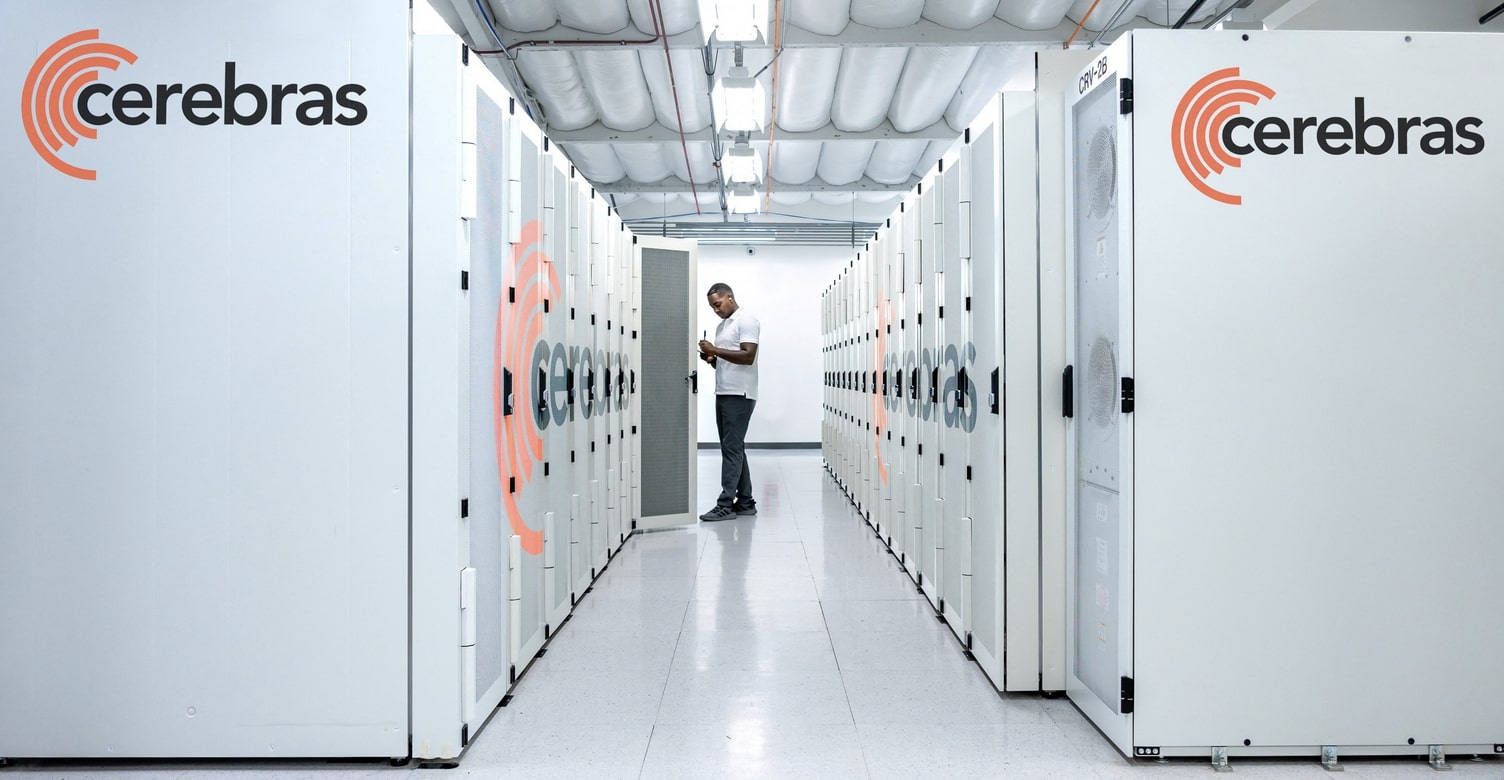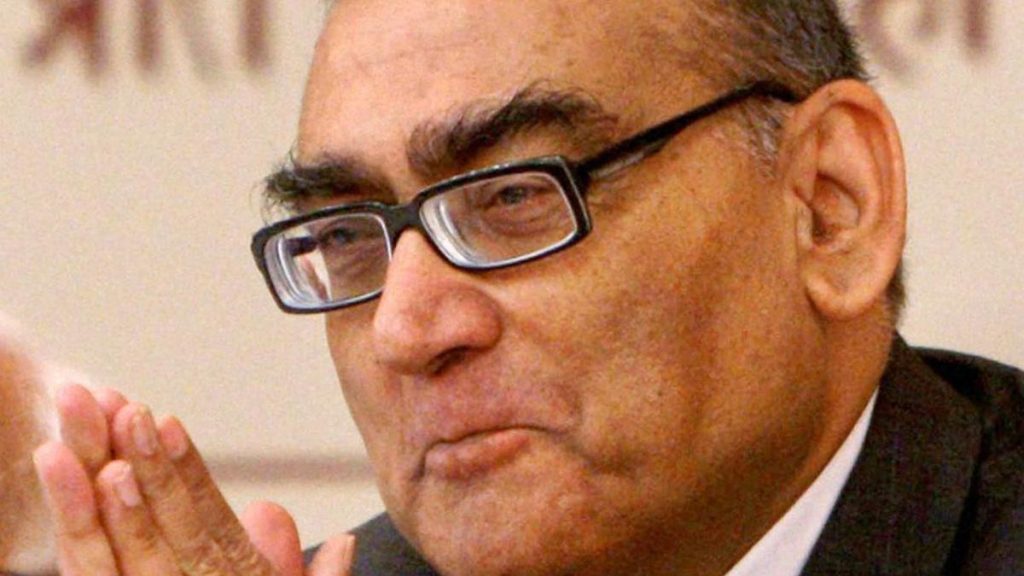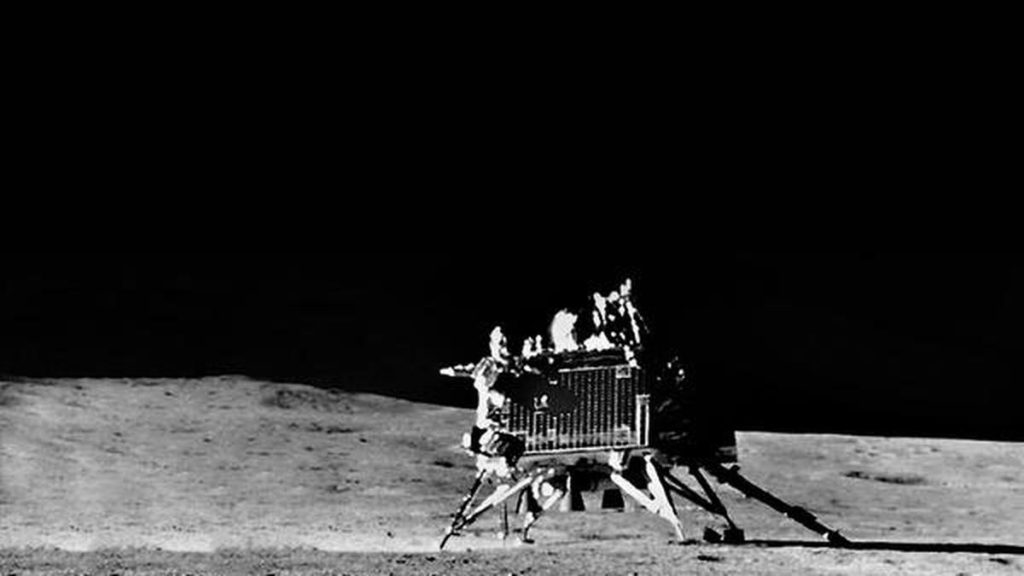Now Reading: Cerebras WSE-3 Takes on Nvidia B200: AI Hardware Faceoff
-
01
Cerebras WSE-3 Takes on Nvidia B200: AI Hardware Faceoff
Cerebras WSE-3 Takes on Nvidia B200: AI Hardware Faceoff

Quick Summary
- Cerebras Systems Expansion: Six new AI data centers will be added in North America and europe-locations include Dallas, Minneapolis, Oklahoma City, Montreal, New York, and France. 85% of operations will be based in the U.S.
- Capacity Increase: Inference tokens per second across eight total data centers are projected to rise from 2 million to over 40 million by Q4 2025.
- Technological Comparison:
– Cerebras CS-3 System: Delivers 125 petaflops per unit (46 kW power consumption). Computation efficiency is about 5.43 petaflops/kW.
– Nvidia B200 GPU (NVL72 Rack): Provides up to 360 petaflops per rack (132 kW power consumption); efficiency at around 2.73 petaflops/kW.
– Nvidia offers higher raw compute capacity; Cerebras excels in energy savings and could perform better depending on workload compatibility with its chips.
- Inference Costs:
– Cerebras claims costs for models like Llama are substantially lower compared to GPU-based systems-10 cents per million tokens for small models and up to 60 cents for larger ones.
Indian Opinion Analysis
The expansion of Cerebras Systems into multiple high-capacity AI data centers highlights increasing competition within the advanced AI hardware sector. with a significant increase in token inference capacity projected over two years, this growth aligns with the growing demand generated by complex language models such as Llama and DeepSeek.
For India, these advancements highlight globally rising investments into optimized AI computation infrastructure that emphasize energy efficiency-a point critical for nations balancing industrial advancement with climate goals. while Nvidia holds an edge on raw performance metrics necessary for heavy-duty applications like model training or simulations seen across industries including defense or manufacturing, Cerebras leads on cost-effectiveness for specific inference tasks-a market segment Indian companies may prioritize given resource-conscious business environments.In sum,while neither series directly targets India’s tech ecosystem yet outside broad global impacts-Indian players monitoring leading trends could find alignments between energy-friendly hardware solutions like those introduced by Cerebras and expanding local demand alongside growing machine-learning engineering pipelines.Read More
























